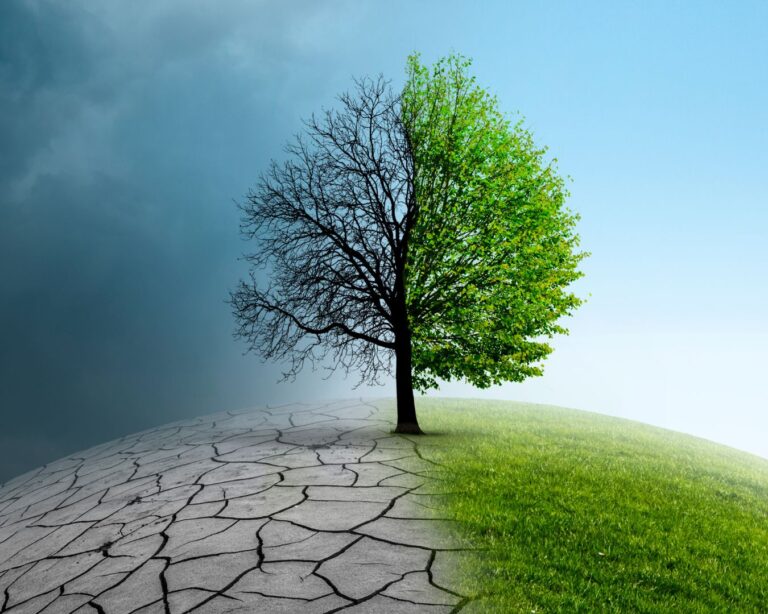Sustainability
The European Academy of Dermatology and Venereology established its Climate Working Group to address the growing impact of climate change on skin health. This initiative aims to advance research, raise awareness, and promote sustainable practices within dermatology. By fostering collaboration among experts, the group strives to drive meaningful action toward a healthier, more sustainable future.
Mission
Promote
awareness and change in the EADV and its membership to minimise climate impact and to adapt to its effects.
Contribute
to the debate on best models of practice for the EADV and its congresses.
Celebrate
and demonstrate models of Dermatology practice that minimise climate impact.
Highlight
the effects of climate change on Dermatological disease and how Dermatologists and Venereologists can help patients manage this
EADV: Educational, Congress activities and Travel
The central role of the EADV is to deliver support and education for patients, Dermatologists and Venereologists.
The practice of Dermatology and how we treat skin disease
Dermatovenereologists manage patients in their office or hospital environment making a series of choices concerning how they run their service and deliver care.
The climate and its effect on skin disease
Climate change is a factor in changing patterns of skin disease and how they present to Dermatologists and Venereologists. Migration and the diseases seen in different populations is part of this change.
The relationship between Dermatologists, the EADV and Industry with respect to Climate Change
Pharma and medical device companies are significant contributors to the landscape of climate change and how to address it. Developing collaborations and mutual learning between the EADV, Dermatovenereologists and Pharma is a theme in the work programme of the Climate Working Group.
Sustainability activites at EADV Congress
The EADV has been making progress with respect to low carbon and low waste options in Congress management since 2020.


The climate and its effect on skin disease
The CWG will collate relevant Dermatovenereology publications and the activity of the EADV congresses to provide an update on the climate-related change of skin disease in a changing world.
A significant factor in Europe is the demographic of patients from different continents with diseases less common in Europe.
The extent to which change in the European climate can also be implicated in skin disease for longstanding Europeans remains open to observation and comment, although on the broader theme of pollution there are notable examples
The practice of dermatology and how we treat skin disease
The manner of how we organise patient care can vary from teledermatology, see and treat lesion management to more complex multi-visit treatments employing serial disposable components.
The modes of management have implications for carbon cost.
Choice of topical and systemic agents is amenable to carbon calculation in crude terms based on resources used in production, packaging, frequency of use, efficacy and duration of sustained benefit. Surgical management as an event can be compared with topical therapy as a course of treatment. The environmental credentials of the buildings we use for practice is a factor in the overall calculation; including their geography with respect to access to relevant populations and low carbon travel options.





